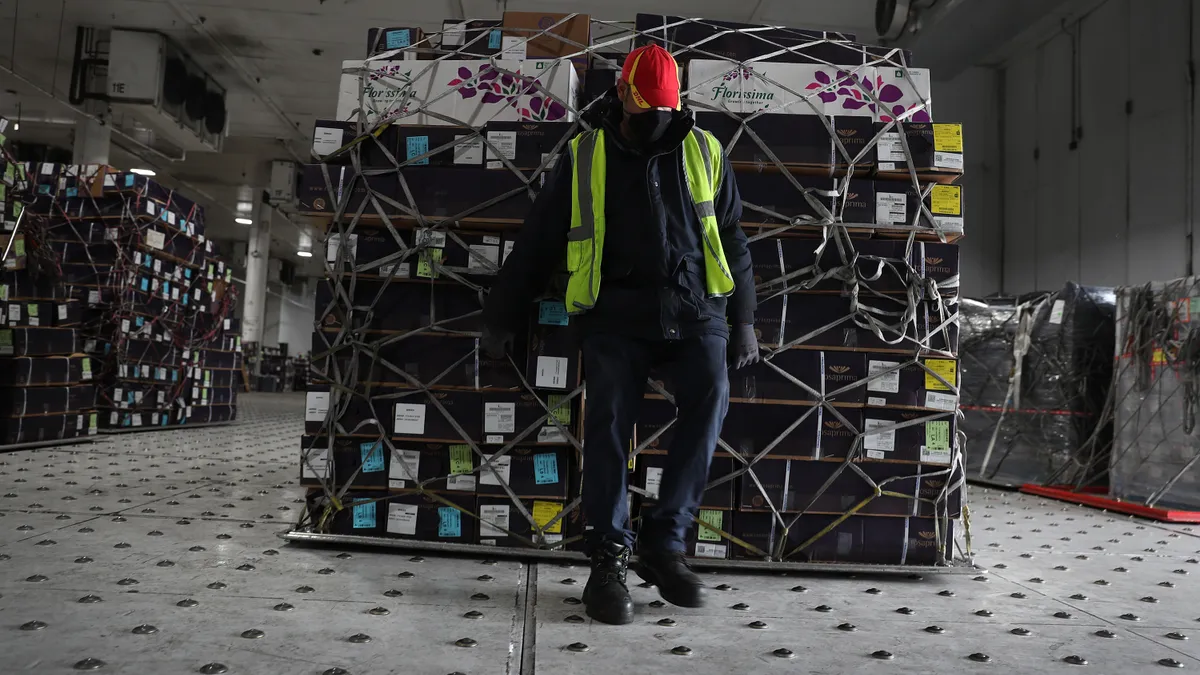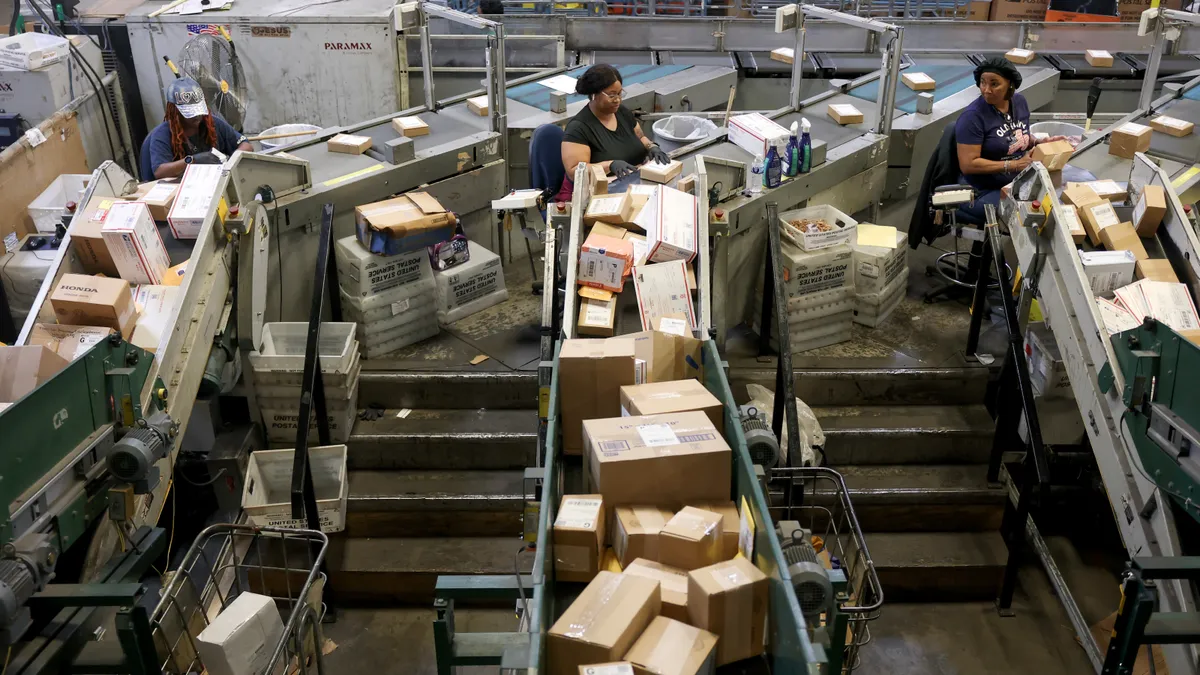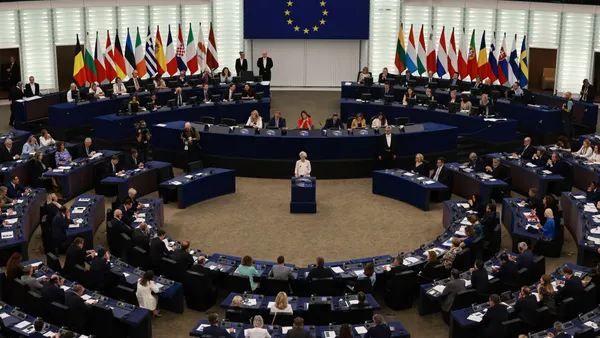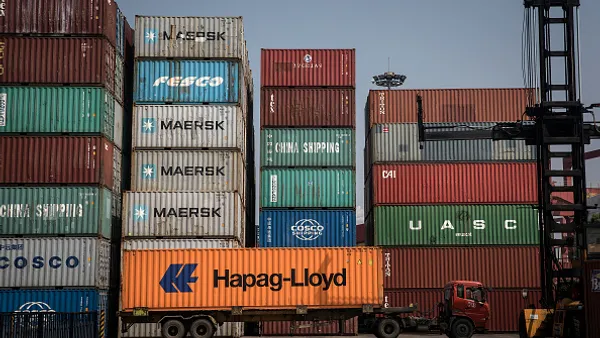President Donald Trump's tariff plans put the de minimis exemption on the chopping block for China, Canada and Mexico imports, presenting challenges for e-commerce supply chains reliant on low-cost shipping.
Trump signed executive orders Saturday to implement 25% tariffs on goods from Canada and Mexico, along with an additional 10% tariff on China-based imports. The orders covering each country said duty-free de minimis treatment won't be available for products for which the tariffs apply.
Tariffs on China took effect Tuesday, bringing with it the end of de minimis eligibility for “most products of China,” according to a U.S. Customs and Border Protection notice. Duties on Canada and Mexico have been delayed until March.
The de minimis exemption, which allows shipments of less than $800 to avoid import duties and taxes, has become a critical tool in e-commerce supply chains to limit cross-border shipping costs. It also has garnered increased scrutiny from U.S. lawmakers and officials looking to combat contraband from entering the country via low-cost packages. Customs and Border Protection already has plans in place to restrict some goods from using the exemption.
Discussions between the U.S. and affected countries are ongoing, leaving the door open for adjusted tariff timelines or new agreements that could change how de minimis-reliant supply chains are impacted by Trump's trade actions. However, with the exemption targeted as part of Trump’s tariffs, businesses will have to adapt their order fulfillment and shipping processes to navigate choppy geopolitical waters.
"The days of intense optimization of your supply chain are over—optionality is the key," said Maggie Barnett, CEO of LVK Logistics, in an email.
Many shippers will have to make big changes as a result of Trump's executive orders, experts told Supply Chain Dive. China remains a key manufacturing hub for products usually eligible for de minimis treatment, and Canada and Mexico are major trading partners and home to many warehouses providing cross-border fulfillment into the U.S.
Numerous e-commerce brands, particularly in the fast fashion space, have leaned on minimal tariff expenses via de minimis to sustain profit margins, Barnett said. Importing inventory in bulk will upend their business models as "they will not have the cash to pay these tariffs upfront," she added.
To limit the financial strain of tariffs, brands will pass added duties onto consumers while finding other countries to produce and fulfill orders from, said Matthew Hertz, co-founder of Second Marathon Consulting, which helps e-commerce brands find fulfillment providers. Companies may have to begin exploring production and warehousing options in the U.S., he added.
“Brands have had a ‘free ride’ for many years, and it appears that ride is quickly coming to a halt,” Hertz said. “This was a possibility that many brands believed would one day become a reality, but until that day came, they were comfortable with the constant headache, and risks, in the face of significant margin improvement.”
As shippers work to adjust their import processes, they risk freight delays as they navigate new requirements for formerly de minimis-eligible shipments, according to Cindy Allen, CEO and managing director of Trade Force Multiplier, an international trade consultancy. In an email, Allen recommended the following steps to mitigate the impact:
- Determine your importer of record.
- For companies serving as the importer of record, find a customs broker. Authorize the broker to act on your behalf and obtain a surety bond through that broker.
- Determine the Harmonized Tariff Schedule number for all products and calculate the estimated duty on those products.
- Determine who is shipping the goods and what they will need to facilitate product movement now.
- Ensure invoices include all information needed to clear customs through a formal entry process.
"These steps will be needed to ensure that goods in route or shipping soon will not face additional delays," Allen said.














